Business Communication Skills: Theories, Methods, and Barriers
VerifiedAdded on 2023/02/10
|12
|429
|89
Report
AI Summary
This report provides an overview of communication skills in a business context. It begins by introducing the importance of communication and then delves into various communication models and methods. The report further explores different types of communication, including visual, non-verbal, and verbal, along with the technologies used for communication. It then discusses the principles of effective communication, such as clarity, consistency, and feedback. Furthermore, the report highlights the barriers to communication, including language, psychological, and attitudinal barriers, and concludes by comparing the advantages of formal and informal communication within a business setting. The report concludes by summarizing the key findings and offering a list of references.
1 out of 12

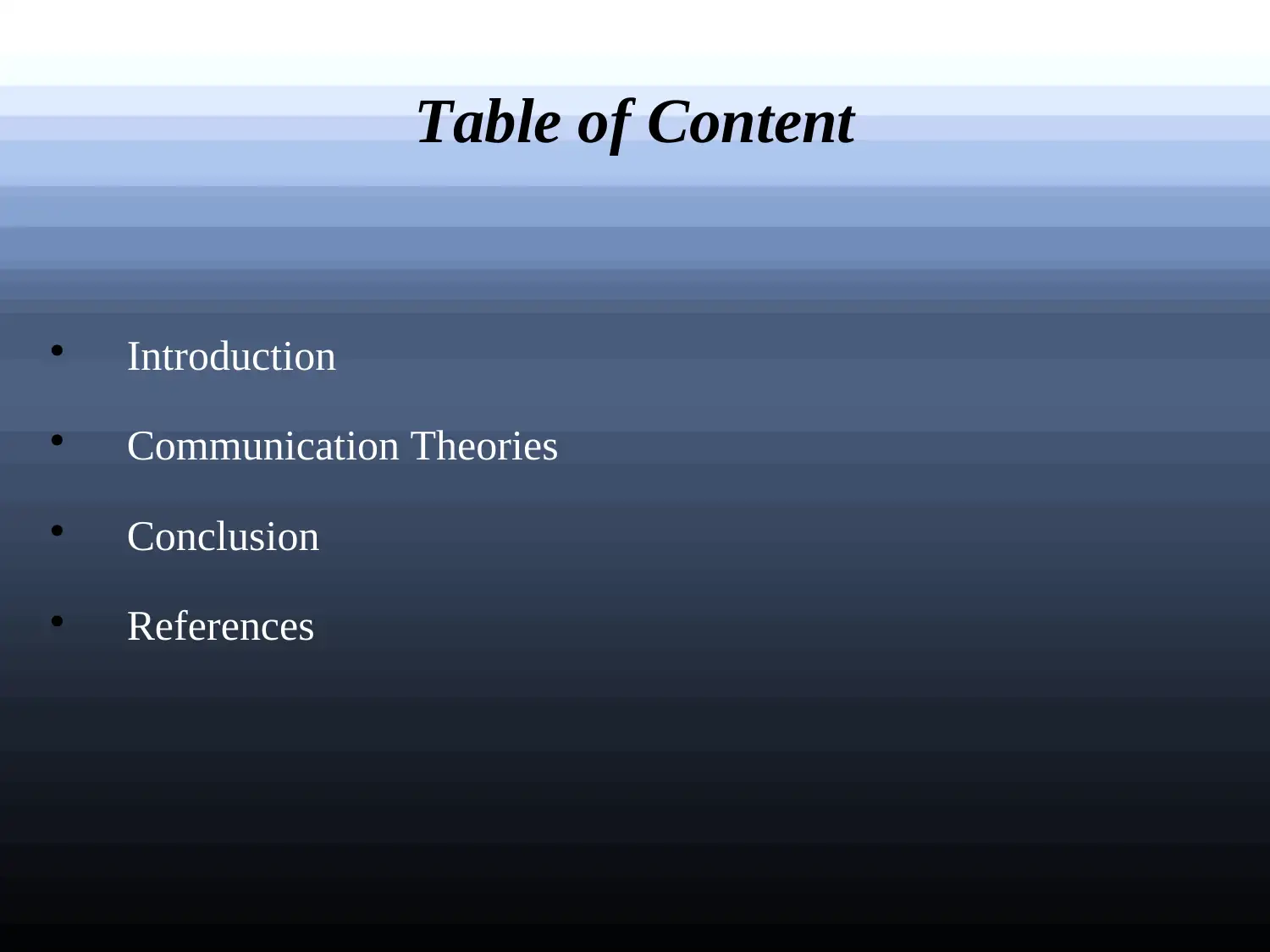
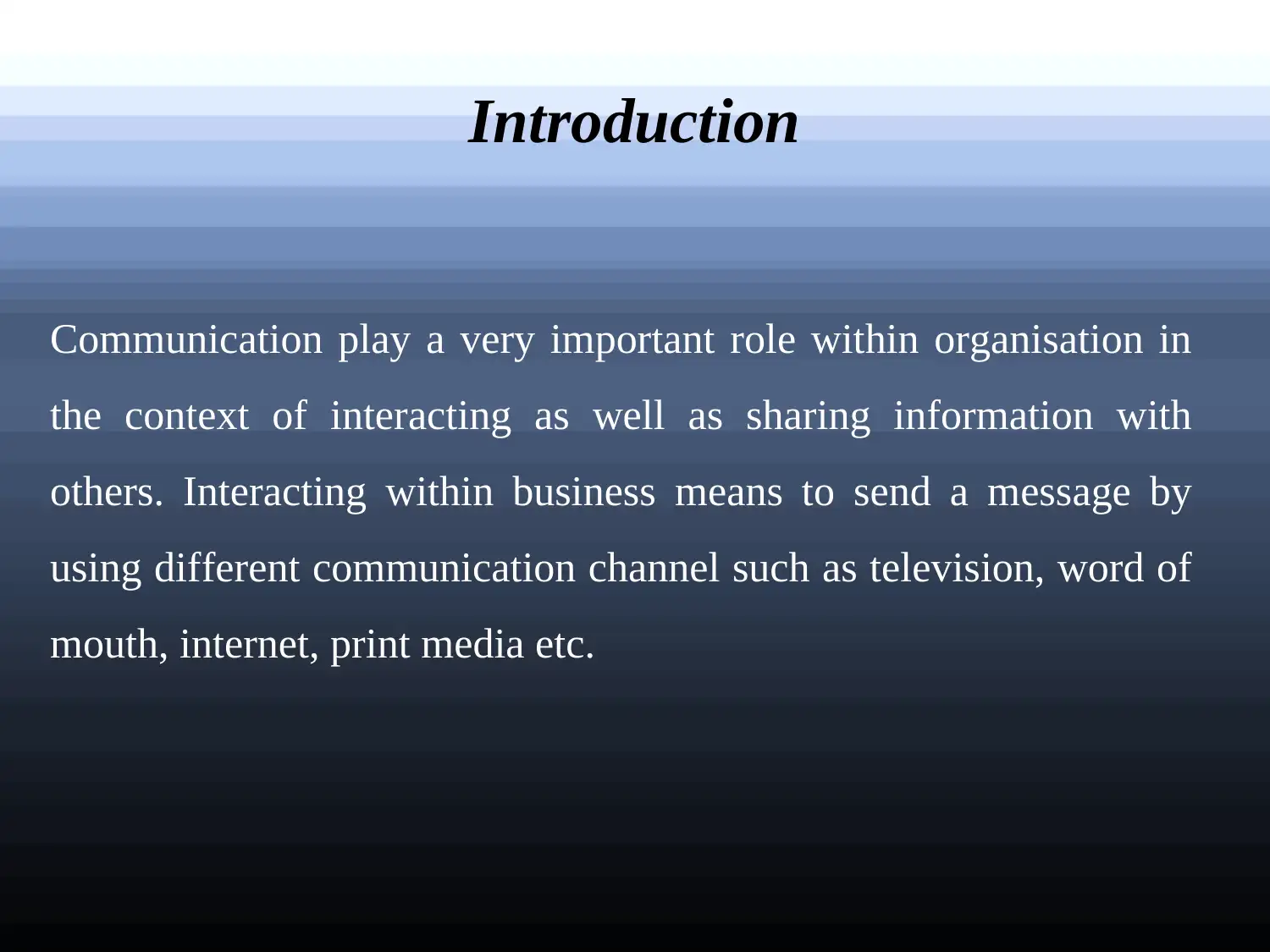



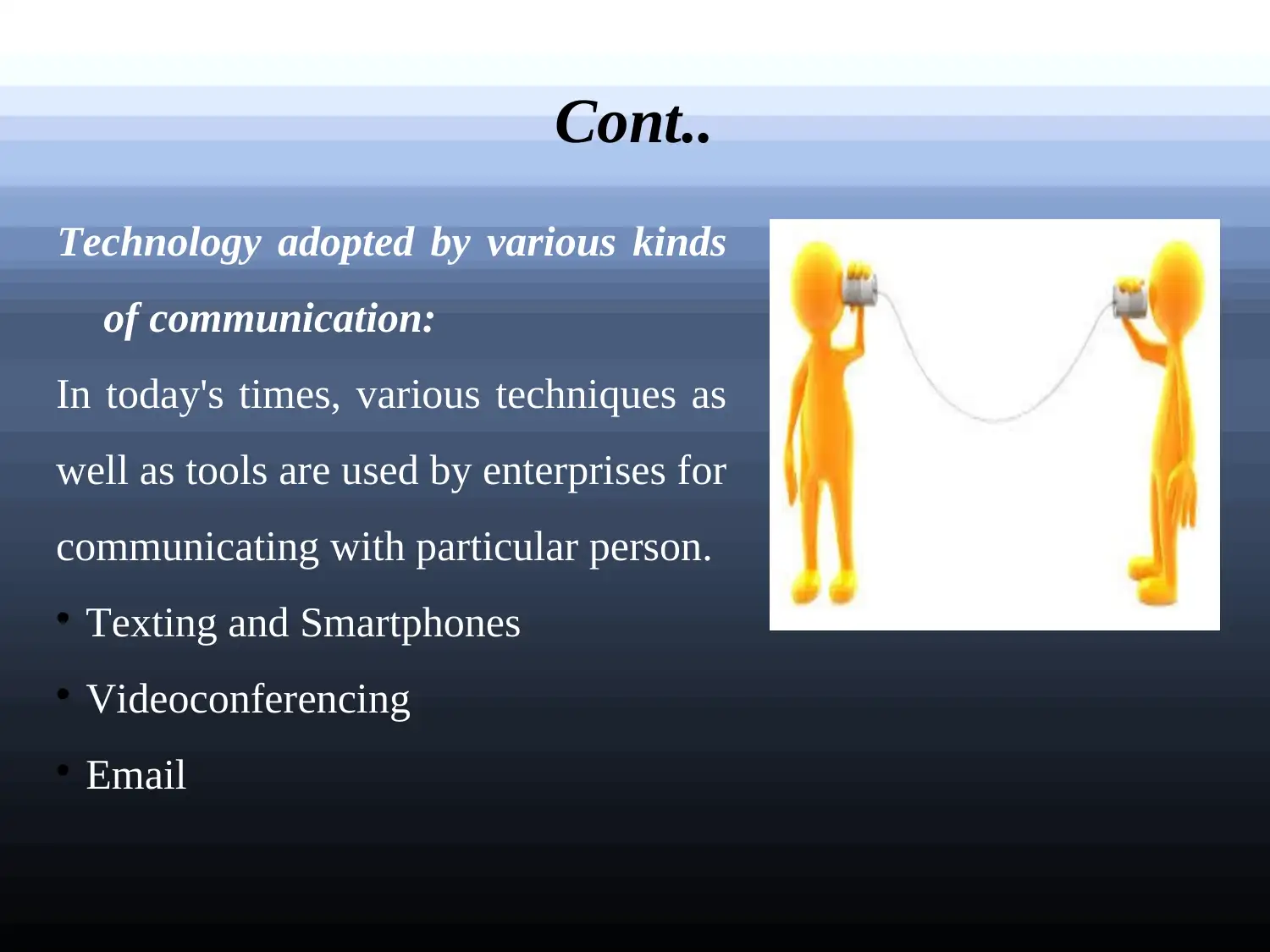
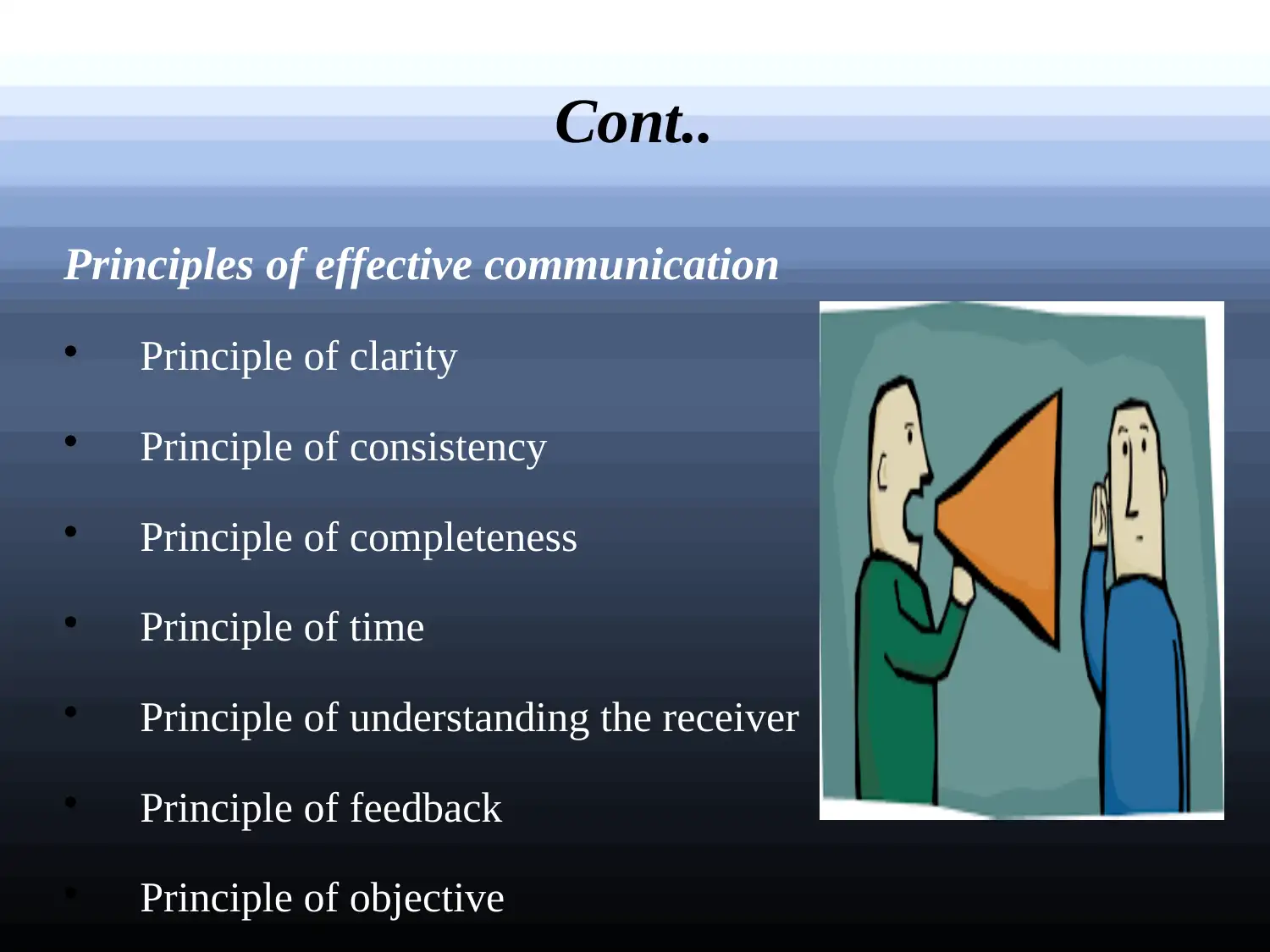


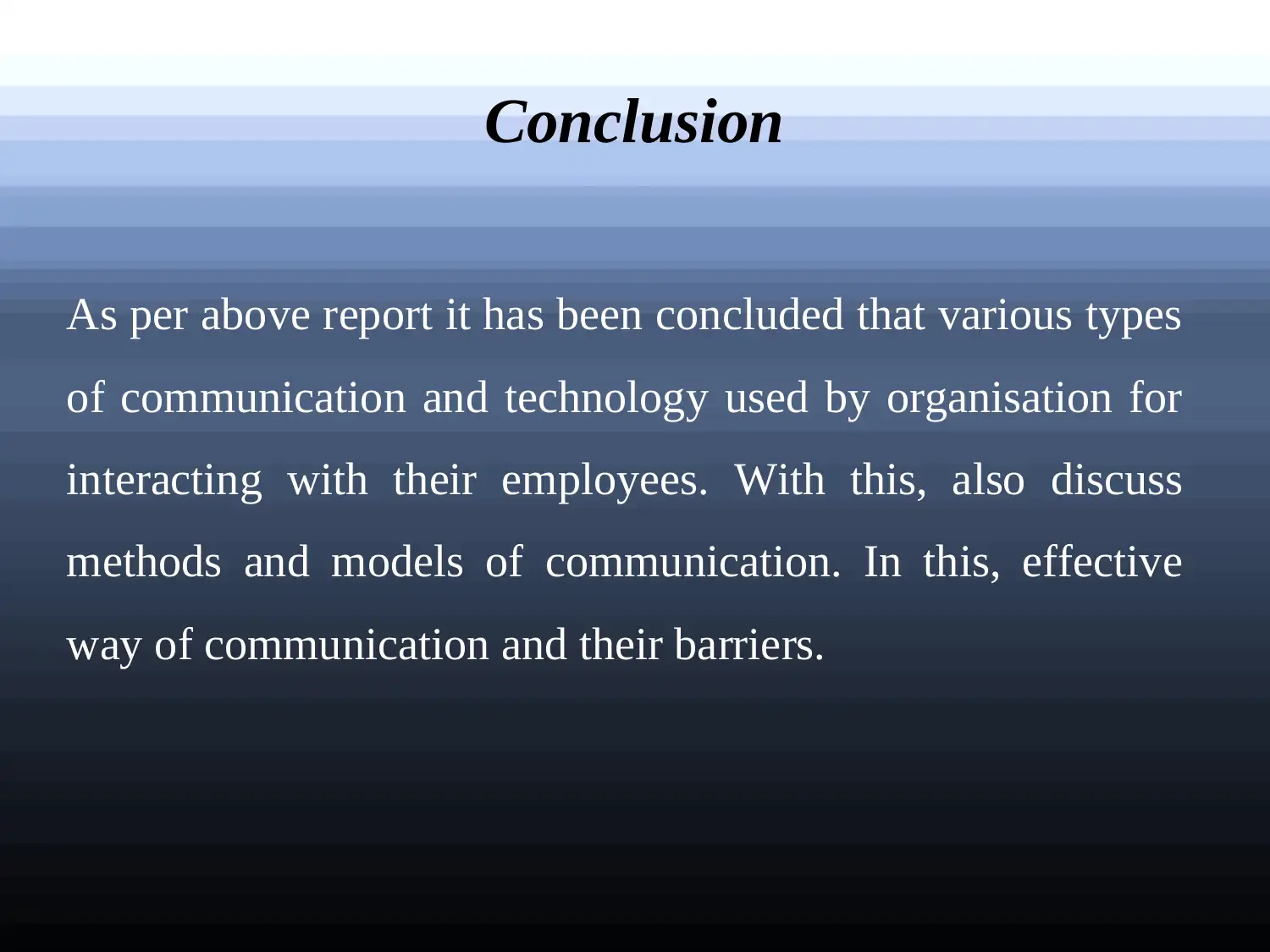








![[object Object]](/_next/static/media/star-bottom.7253800d.svg)